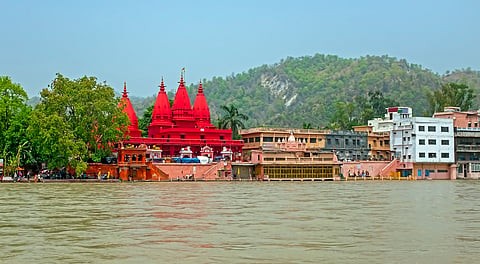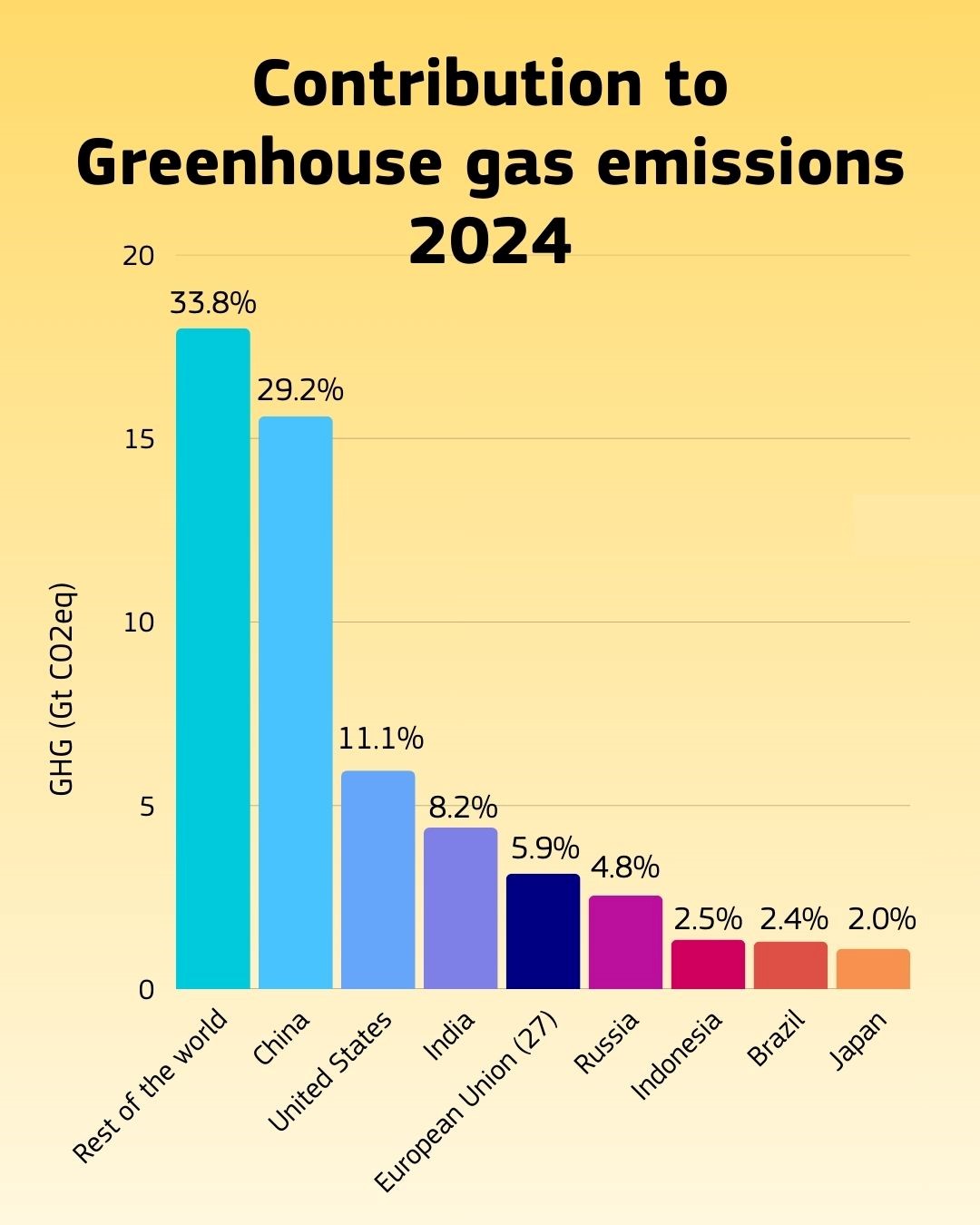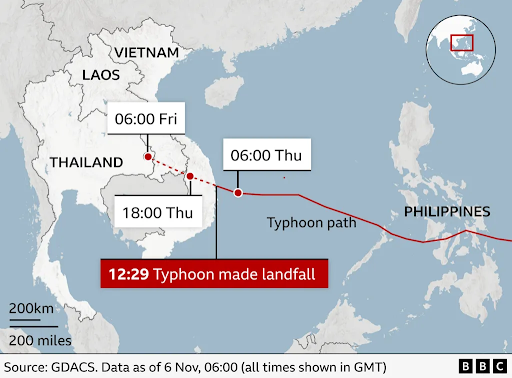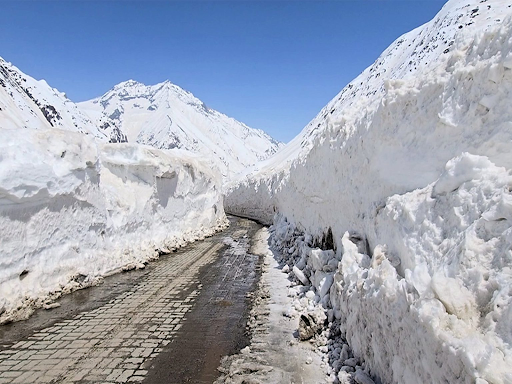



Rapid urbanisation in the Himalayan foothills is changing rainfall patterns, causing heavier rains and longer dry spells. This shift increases flood risks and water scarcity, threatening ecosystems and communities. Advanced tools like machine learning help predict extreme events, but challenges remain in data gaps and infrastructure. Effective policies focused on sustainable urban planning, climate adaptation, and community involvement are crucial to manage these hydroclimatic changes and ensure water security.

Copyright infringement not intended
Picture Courtesy: Down To Earth
The Himalayan foothills, particularly in Uttarakhand, have undergone rapid urbanisation and industrial growth over the last 30 years, changing the region’s natural water cycle and rainfall patterns. This transformation, driven by expanding cities, industrial zones, and tourism, is impacting the delicate ecological balance of this mountain region.
|
Aspect |
Past (Pre-1980s) |
Present (1984–2023) |
Implications |
|
Land Use |
Forested valleys, small agrarian settlements |
Rapid urban growth, industrial corridors, tourism expansion |
Increase in impervious surfaces; heat islands form |
|
Rainfall Patterns |
Stable and moderate rainfall |
Increased intensity and variability; heavier rainfall + longer dry spells (e.g., Dehradun: 158.4 mm mean rainfall; 81 consecutive dry days in 2022) |
Erratic rainfall leads to floods and droughts |
|
Hydrological Impact |
Natural infiltration, steady groundwater recharge |
Reduced infiltration; increased surface runoff and hydrological stress |
Higher flood risk, water scarcity, and ecosystem disruption |
|
Data & Analysis Tools |
Limited observational data |
Use of machine learning (Random Forest, SVM) & geospatial analytics for prediction and trend detection |
Improved forecasting and risk assessment |
|
Policy & Management |
Traditional, less formal water management |
Need for integrated climate-resilient urban planning and water management |
Urgent adaptation to hydroclimatic instability |
|
Measure |
India |
United Kingdom |
United States |
Key Features & Effectiveness |
|
Climate Action Plan |
National Action Plan on Climate Change (NAPCC) includes water mission and urban resilience |
UK Climate Change Act with specific urban adaptation policies |
US Climate Action Plan emphasizes urban resilience and disaster management |
Frameworks provide policy guidance; India focuses on integration with development goals |
|
Urban Water Management |
Smart Cities Mission promotes efficient water use and wastewater recycling |
Water Framework Directive focuses on river basin management |
Clean Water Act regulates pollutants and promotes sustainable water use |
All aim to improve urban water stability; EU and US have stricter regulatory enforcement |
|
Flood Risk Management |
National Flood Risk Management Plan under development |
Flood and Coastal Erosion Risk Management Strategy |
National Flood Insurance Program and FEMA floodplain management |
UK and US have advanced flood risk mapping and insurance; India still developing comprehensive plans |
|
Early Warning Systems |
Some regional systems, but need scaling up |
Advanced meteorological and flood warning systems |
Well-developed multi-hazard early warning systems |
UK and US lead in tech and integration; India progressing but coverage limited |
|
Sustainable Urban Planning |
Emphasis on green infrastructure in select cities |
Strong focus on sustainable drainage systems (SuDS) |
Promotion of green infrastructure and climate-resilient design |
UK and US more advanced in implementation; India improving through pilot projects |
Source: Down to Earth
|
Practice Question Q. Discuss how rapid urbanisation in the Himalayan foothills is altering rainfall patterns and water stability. What are the key challenges and possible policy measures to mitigate these impacts? (250 words) |
Urbanisation increases impervious surfaces and heat islands, intensifying rainfall extremes—leading to heavier rains and longer dry spells.
Reduced infiltration and increased runoff cause flooding, while altered rainfall patterns create water scarcity during prolonged dry periods.
Climate change amplifies rainfall variability globally, and urbanisation locally intensifies these effects, especially in fragile ecosystems like the Himalayas.






© 2025 iasgyan. All right reserved